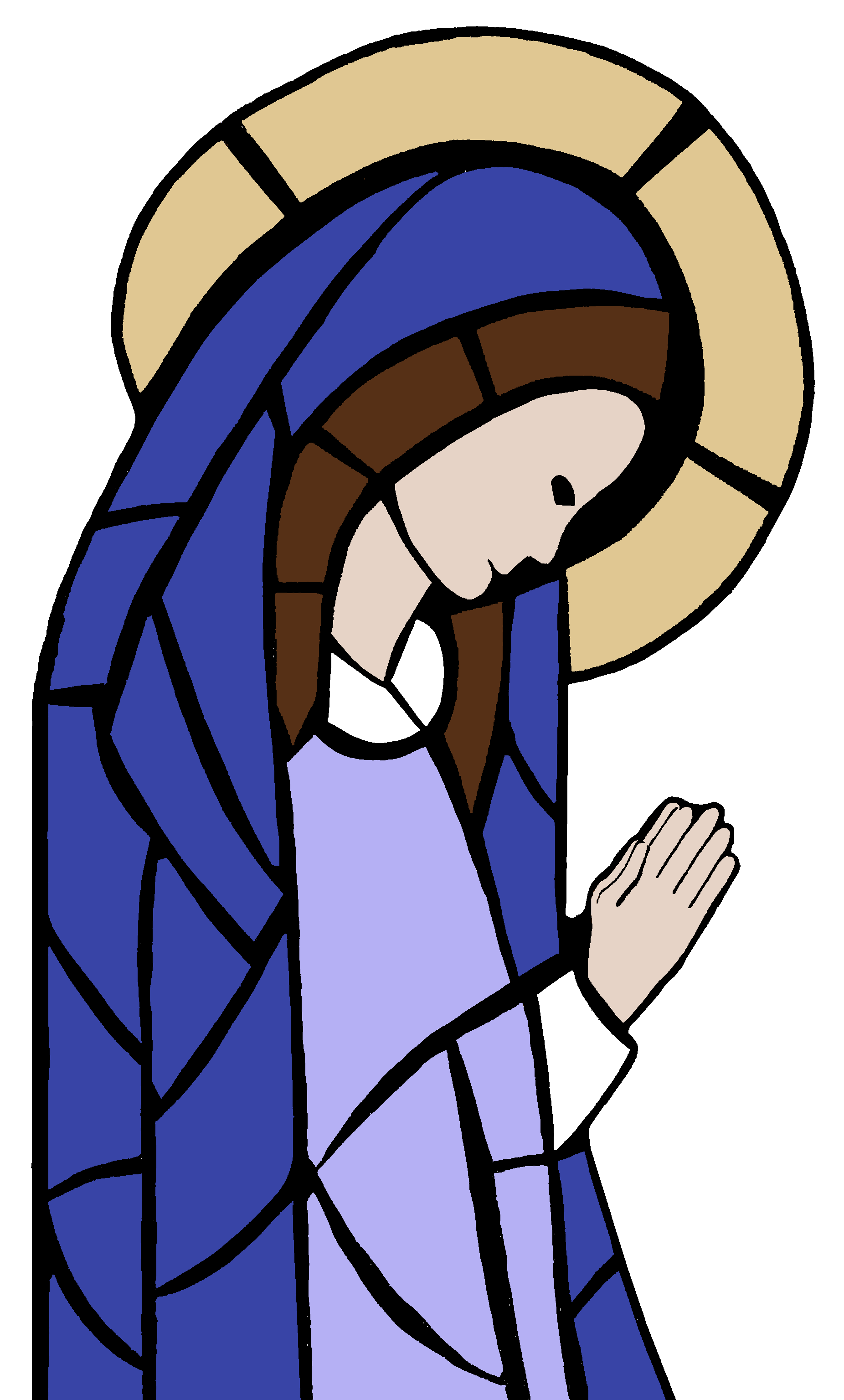January 19, 2025
I once watched an episode of the PBS science series NOVA entitled Building the Great Cathedrals. The episode was a fascinating look at the physics and mathematics that made these wonders of civilization possible. It gave me pause to realize that three or four generations of artisans would dedicate their lives to building of these great structures dedicated to the worship of God and the growth in holiness of their fellow men and women.
There were certain technological innovations in the medieval period that made the building of the great cathedrals possible. The medieval cathedral usually used a cross as the floor plan template of the building. The pointed arch replaced rounded arches because the rounded arches’ stress lines would tend to pull the arch apart over time. The pointed arches’ stress lines rooted them in the earth, making them more stable over time. However, pointed arches created two pressure points that bore too much stress, so flying buttresses were created to stabilize these pressure points. Another medieval innovation was the use of light as a building material. “God is light and in him is no darkness at all.” (1 John 1:5) The use of stained glass brought light into the cathedrals while at the same time educating the (mostly illiterate) worshippers in the stories of the Bible and the lives of the saints. In order to support the heavy stone ceilings over walls that were thinner and infused with stained glass, vaulted ceilings were used to distribute the ceiling’s weight toward the four pillars that stabilized the entire structure to the earth. Finally, the medieval architects would use symbolic numbers from the scriptures to plan their work. For example, the cathedral at Amiens, France was built to be 144 Royal feet high; corresponding to the city of God that St. John sees descending from heaven in the Book of Revelation (22:17), which measures 144 cubits high. This final fact gives us the whole point of the construction of Gothic cathedrals, to bring disciples into contact with heaven by simply walking in the building to worship.
This is all really fascinating, at least to me, but why am I writing about these medieval churches this week? We are in the final few months of the United States Bishop’s Eucharistic Revival that began on the Solemnity of the Most Holy Body and Blood of Christ (Corpus Christi) in 2022 and will conclude this upcoming June. As a parish, we are participating in this final stretch through reading and hosting discussion groups on the book that we made available to everyone at Christmas (Behold, Believe, Become by Notre Dame professor Dr. Timothy O’Malley) and through taking part in the third and final year of Living the Eucharist this upcoming Lent. We will share more about Living the Eucharist over the next few weeks.
You may still join in our Monday evening (6:30pm) or Wednesday afternoon (1:00pm) discussion groups on Behold, Believe, Become. Don’t worry if you haven’t “signed up” or if you missed the first week or two.
The discussions are really helping our parishioners better understand and love the Mass. In fact, one of the things I noticed in the introductory video on Monday evening made me remember watching this NOVA episode years ago. Everything about our worship and liturgy, from the arch-itecture to the music to our bodily postures, is meant to facilitate a deeper, more intimate encounter between us and Jesus.
The Eucharistic Liturgy (Mass) is meant to connect those of us on pilgrimage on this earth with a foretaste of the heavenly banquet of the Lamb of God, as is alluded to by the use of the symbolic numbers used to create the great cathedrals. The liturgy, like the medieval arch, points us upward to our ultimate homeland. But as we reach out to heaven in worship, we feel the tension of our rootedness in this world. Just as the stress points of the pointed arch are supported by the flying buttresses, we as the Christian community must support each other as we live in this world while journeying toward the world to come. The light of Christ leads us on our journey. As we cannot yet look directly into this light, the liturgy refracts that light to us through the human language of the Scriptures proclaimed. Just as the vaulted ceilings of medieval cathedrals supported their massive weight by directing it toward the foundation pillars, we can only carry the weight of our sufferings by leaning on the foundation of our faith, Christ the Rock.
Perhaps the best definition of Heaven is that it is where God is. God’s presence makes heaven. Each week, when we participate in the Mass, we as a community of faith are recentered in the Real Presence of God in our midst. Heaven is brought down to earth and earth is raised to heaven. What was made manifest symbolically in stone and glass over a hundred years’ construction is made manifest sacramentally each week for us if we open ourselves to see it and be transformed by it. May these closing months of Eucharistic Revival bring us all that much closer in communion with God and each other through the great gift of the Eucharist.


